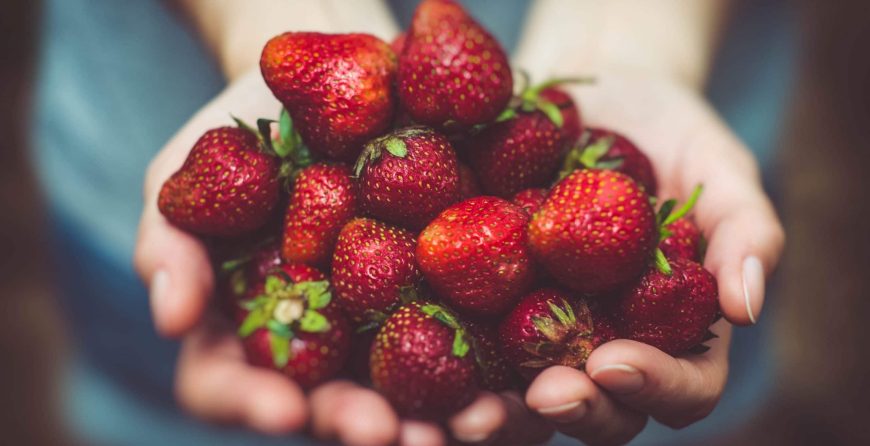No matter what supermarket or grocery store you visit today, you’re bound to find products ranging from garden soil to soap and t-shirts labeled as “organic.”
The word “organic” has become such a popular marketing tool that you can even spot it in advertising for your local dry cleaner.
Many of us know the benefits of using organic products and eating organic produce, but how can you be sure your fruits and veggies are truly organic?
First, let’s take a look at what “organic” means. The definition of the word tells us that it’s something “related to or derived from living organisms.” In the U.S., we know that organic has been used as an adjective for many different things, however.
What’s in a Name?
Right now, the term “organic” is used to describe sustainable products including agricultural and food items, toys, mattresses, cosmetics, beverages, textiles, bath and body care products, and more.
The word is also being used to describe an action. For example, you may hear people say they try to “follow an organic lifestyle” or they prefer to do “organic gardening.”
There’s certainly nothing wrong with trying to use natural and organic products. After all, you’re doing yourself and the world a huge favor. But, the word “organic” is often used incorrectly.
Body care products are the biggest offenders. For example, marketers will refer to a shampoo as organic even when it contains harsh chemicals that are normally not allowed in organic agricultural products. As a consumer, you may end up purchasing this product and fall victim to misleading advertising.
So how can you tell if a product is not organic? Read the ingredients list! And if you can’t find the list on the product packaging, check out the company’s official website.
Picking Out Organic Produce
So it’s easy to tell if that shampoo you picked up at your local supermarket is truly organic, but how can you evaluate your produce?
Your new best friend is going to be the PLU sticker. You know, those annoying oval stickers that like to cling to your apples, oranges, and pears.
The PLU (Price Look Up) number is a 4- or 5-digit number that’s been used by supermarkets around the country since 1990. They’re part of a globally standardized system that was put into place by the International Federation for Produce Standards (IFPS). The IFPS is a group of national produce associations from around the world and their main goal is to improve the supply of fresh produce.
What the PLU Sticker Tells You
The PLU number tells you many things about the avocado you just picked up. It tells you about commodity, growing method (such as organic or conventional), variety, and size. The IFPS is responsible for assigning numbers based on national and international guidelines.
The PLU system is based on 4-digit codes that fall between the 3,000 and 4,000 series. The numbers are handed out randomly, meaning the digits don’t hold individual significance. It’s the overall identification number that’s helpful. For instance, a large Gala apple could have the code 4150 but a small Gala apple has the code 4152.
The Good Stuff
When you’re picking out produce in the supermarket, what you need to know is this: If the 4-digit number is preceded by a 9, that fruit or vegetable was grown organically. So, if you pick up a pear that has a PLU number of 94130, it’s an organic one.
Talk to Your Farmers
Here in Eastern Iowa, we’re fortunate to have several great farmer’s markets. Obviously, you won’t find PLU stickers on produce there, but just ask the farmer behind the table about their growing process and you’ll learn more than the sticker could.
Happy picking!


